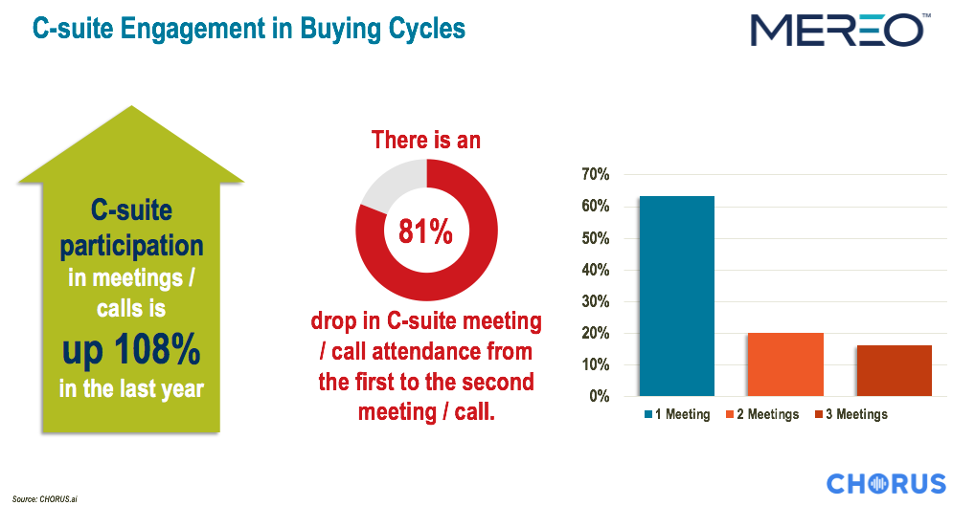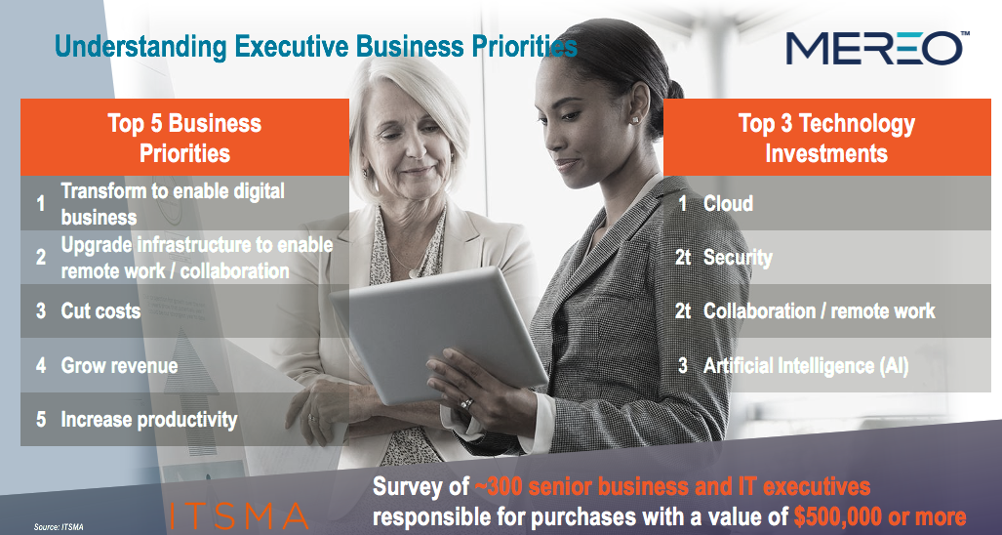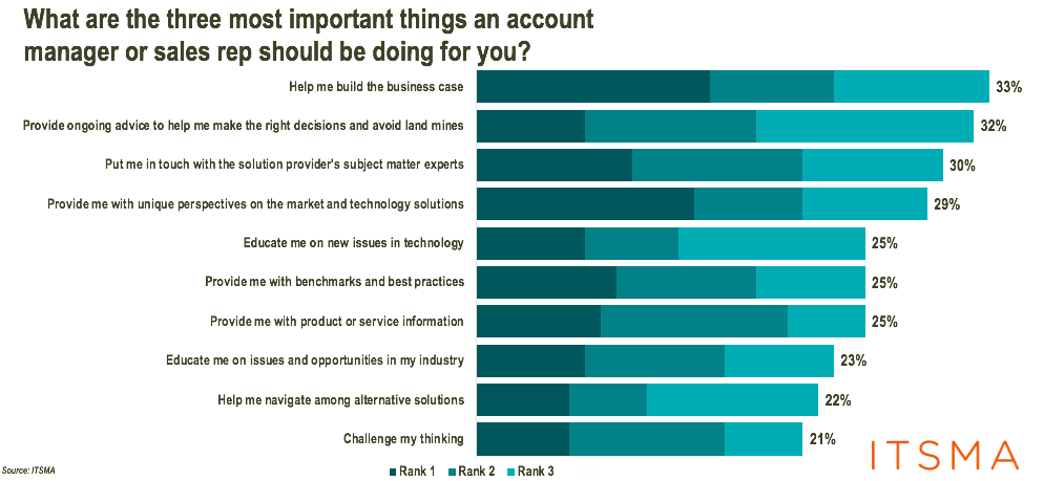Change permeates our marketplaces. Yet since early 2020, the pace of change has accelerated. As a result, the B2B selling environment has become more fluid than ever before.
Business transformed from in-person to virtual to hybrid. Supply chain disruptions have stymied getting solutions to buyers. And buyers — and their budgets — continue to shift in needs and expectations.
All this rapid change and disruption has not only highlighted selling vulnerabilities but also core opportunities for sustainable business in light of any environment. I will share the 2021 selling lessons I have learned from leading my own organization, as well as from listening to and supporting other selling organization leaders these past two years.
1) Focus on What You Can Control
The truth of any selling environment remains: there are elements within your control — and others that are not. Leaders who succeed regardless the market circumstances have realistic oversight into their organization’s capabilities. They can identify their business competencies against market situations to make wise decisions.
What else is in your control? Adopting a “Seek to Serve, Not to Sell™” selling strategy. This selling principle was effective decades ago, is effective today — and will remain effective into the future. When sellers focus first on solutions to buyers’ challenges before deals and profits, they in turn foster loyalty, trust and credibility. With the primary objective of putting value to others ahead of the self, the outcome is sustainably selling more over the long-run.
2) Embrace Your Tools
A recent Sandler Research Center report found nearly equal buyer preference for seller communication between phone calls, video calls, email and face-to-face. Learn what your buyer audience and your salesforce need — and use your tools to deliver.
Another vital tool to start thinking about now is the 2022 sales kickoff. Recently Mereo took a pulse of the current state of sales kickoff planning, and we found that 43% of respondents are planning a hybrid (virtual / in-person) sales kickoff. Which format will best serve your teams and goals?
3) Practice Resilience
Sustainable revenue performance demands strong leadership. Do not lose hope in this overwhelmingly fluid selling environment. Remain resilient and flexible as you plan for 2022 and beyond. Challenges continue to change, and it is up to leadership to face them with wisdom, guidance and courage.
Strengthen Your Business Foundations
Some of these 2021 B2B selling lessons have been hard-learned — and have come with bumps, bruises and even scars. Yet awareness, adaptability and resilience are the hallmarks of sustainable revenue performance — for the current market situation and into the future.
Solid product management presents a key opportunity for any business to reach sustainable revenue performance. To learn more about the five strategic areas vital to successfully serving your audiences with relevant solutions, explore the Mereo “Elevating Revenue Performance with Solution Management” eBook.













